Difference Between Cactus and Succulent Soil
Are you wondering if you can use the same soil for your cacti and other succulents? Many plant lovers ask this question when starting their collection. While both types of plants have similar needs, there are some key differences to consider.
Cactus soil typically contains more mineral components like coarse sand and perlite with less organic matter, while general succulent soil often includes a slightly higher proportion of organic materials. This difference exists because cacti naturally grow in more arid environments than many other succulents. Both soil types focus on providing excellent drainage to prevent root rot, which is crucial for these plants’ survival.

You don’t always need separate soils for each plant type, but this assumes you have a lot of experience growing both. However, understanding the specific needs of your plants can help you make adjustments when necessary. Desert cacti will definitely benefit from an even grittier mix, while leafier succulents may appreciate that small amount of extra organic material.
Key Takeaways
- Cactus soil contains more mineral components and less organic matter than general succulent soil for better drainage.
- Both soil types prioritize preventing water retention to protect plant roots from rotting.
- You can often use the same commercial mix for both plant types, but customizing based on specific plant needs yields better results.
Understanding Soil Components
The right mix of ingredients makes all the difference in cactus and succulent soils. These specialized mixes balance drainage, aeration, and nutrient retention to create an ideal growing environment for these drought-tolerant plants.
Role of Perlite and Pumice
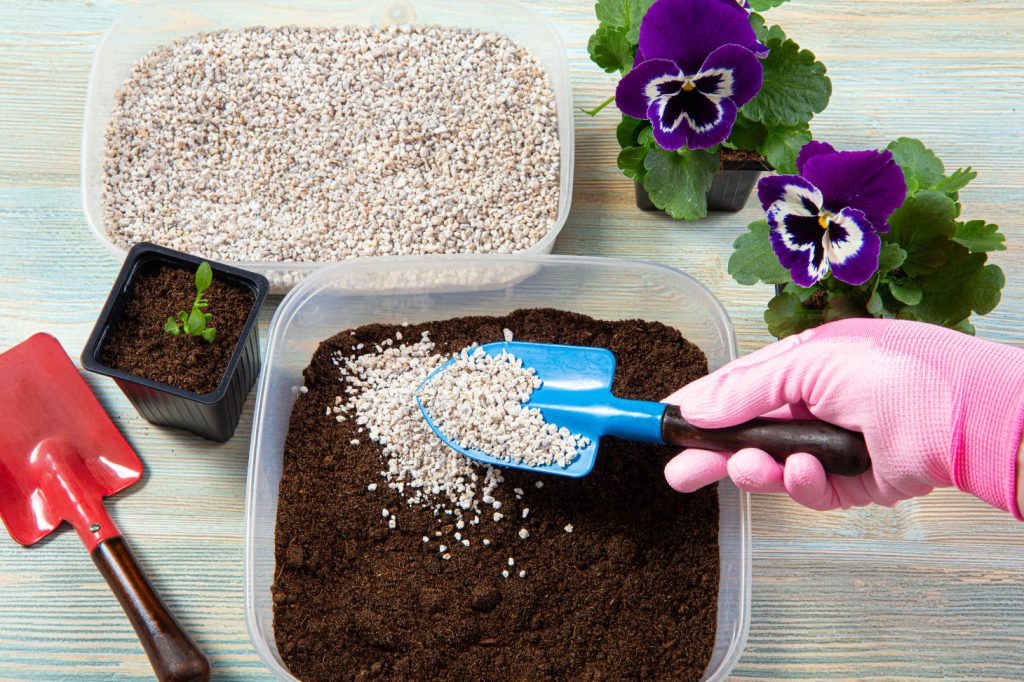
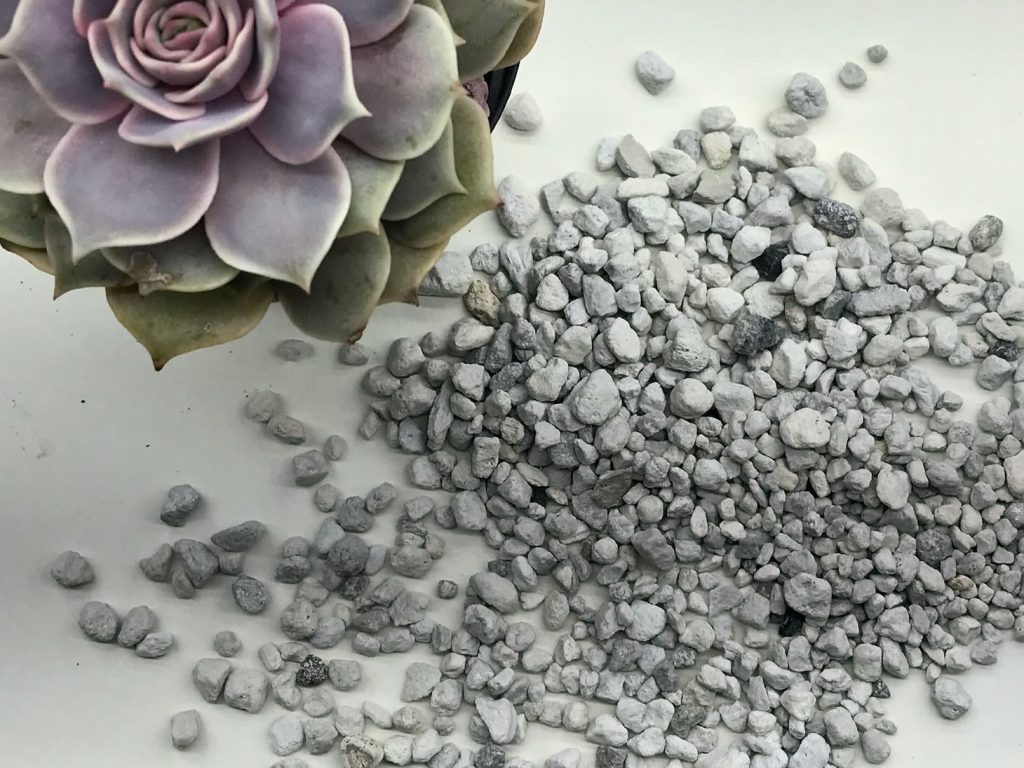
Perlite is a lightweight, white volcanic glass that has been heated to expand it into small, porous particles. It creates air pockets in soil, improving drainage and preventing compaction. When you add perlite to your mix, you’re enhancing oxygen flow to roots.
Pumice serves a similar function but is more durable. These natural volcanic rock fragments don’t break down over time like perlite might. Pumice particles have irregular shapes with many tiny pores that hold small amounts of water while still allowing excess moisture to drain away.
Both materials make up a significant portion of cactus and succulent soils. Professional mixes often contain about 50% pore space, which includes 25% air space.
Importance of Coarse Sand

Sand is crucial for creating drainage in succulent soils. Unlike regular potting soil, cactus mixes contain higher proportions of sand to prevent water retention around the roots.
Types of sand for succulent soil:
- Coarse sand (best option)
- Horticultural sand
Coarse sand is particularly valuable because its larger particles create more space for water to flow through. When shopping for sand, look for particles around 1/8″ and 1/4″ in diameter.
The gritty texture of coarse sand-heavy mixes mimics the natural growing conditions of most succulents and cacti, while fine sand can lead to compaction and poor drainage. In professional mixes, mineral components like coarse sand, often around 45% in some formulations, but this can differ based on the specific mix and type of succulent.
Organic Materials: Sphagnum Peat Moss and Coconut Coir
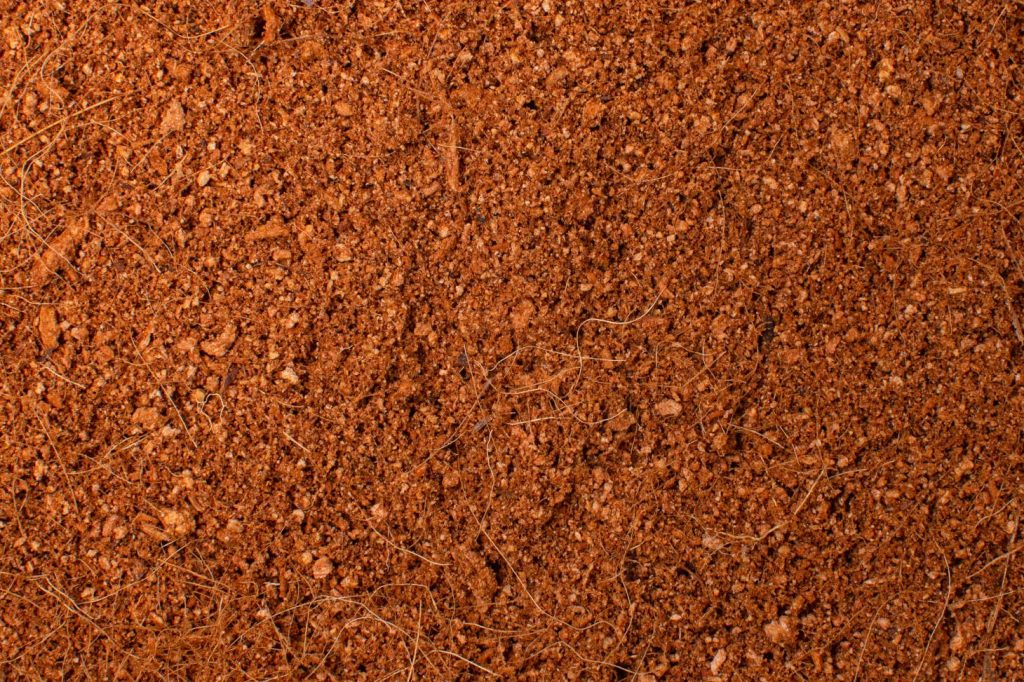
Organic components provide nutrients and some water retention in succulent soils. Sphagnum peat moss has traditionally been the main organic ingredient in many mixes. It’s slightly acidic and holds moisture while still allowing good drainage when used in small amounts.
Coconut coir has become a popular alternative to peat moss. Made from coconut husks, coir is:
- More sustainable than peat
- Neutral pH (unlike acidic peat)
- Better at rewetting once dry
- Slower to break down
In cactus and succulent soils, organic materials should make up only about 5-10% of the mix. This lower percentage prevents excessive moisture retention that could lead to root rot.
Additional Additives: Vermiculite and Organic Matter
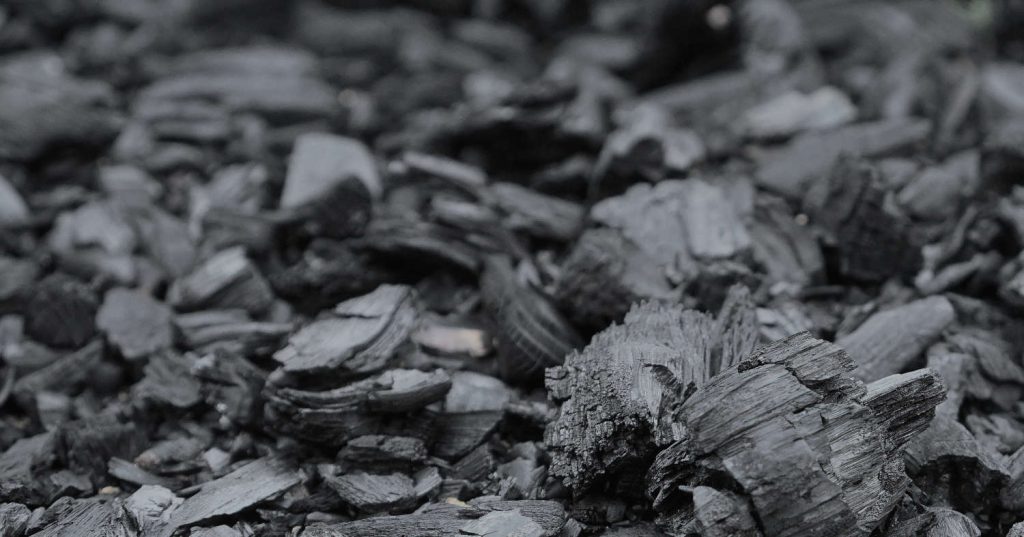
Vermiculite is a mica-like mineral that expands when heated. It improves soil structure and provides significant water retention, making it useful in small amounts for succulents that need slightly more moisture.
Other organic matter like compost, worm castings, or leaf mold adds nutrients to your soil mix. These should be used sparingly, around 5% of total volume, to prevent water logging.
Beneficial additives in moderation:
- Crushed charcoal (absorbs toxins)
- Small amounts of lime (raises pH)
- Trace minerals
- Very fine gravel or chicken grit
The goal with these additives is to create a soil that mimics natural growing conditions while providing the nutrients your plants need. Most cacti and succulents prefer their soil to dry out completely between waterings, so always err on the side of less organic matter rather than more.
Specifics of Cactus and Succulent Soils
Both cactus and succulent soils prioritize drainage but differ in their exact composition and water retention properties. Understanding these differences helps you choose the right growing medium for your plants.
Cactus Soil: Composition and Traits
Cactus soil is designed with minimal water retention and excellent drainage. It typically contains a higher percentage of inorganic materials compared to standard potting mix. A good cactus mix contains:
- 50-75% mineral components (pumice, coarse sand, perlite), depending on the specific formulation and cactus species
- 25-50% organic matter (peat moss or coco coir)
- Sometimes small amounts of limestone for pH balance
This composition mimics the harsh, dry environments where cacti naturally grow. The low organic content prevents water from staying around the roots for too long. Cactus soil dries out quickly after watering, which helps prevent the dreaded root rot that can kill these plants.
Only some of the best performing, premium store bought cactus mixes have a gritty texture that allows water to flow through rapidly while providing enough stability for roots to anchor.
Succulent Soil Mix: Characteristics and Varieties
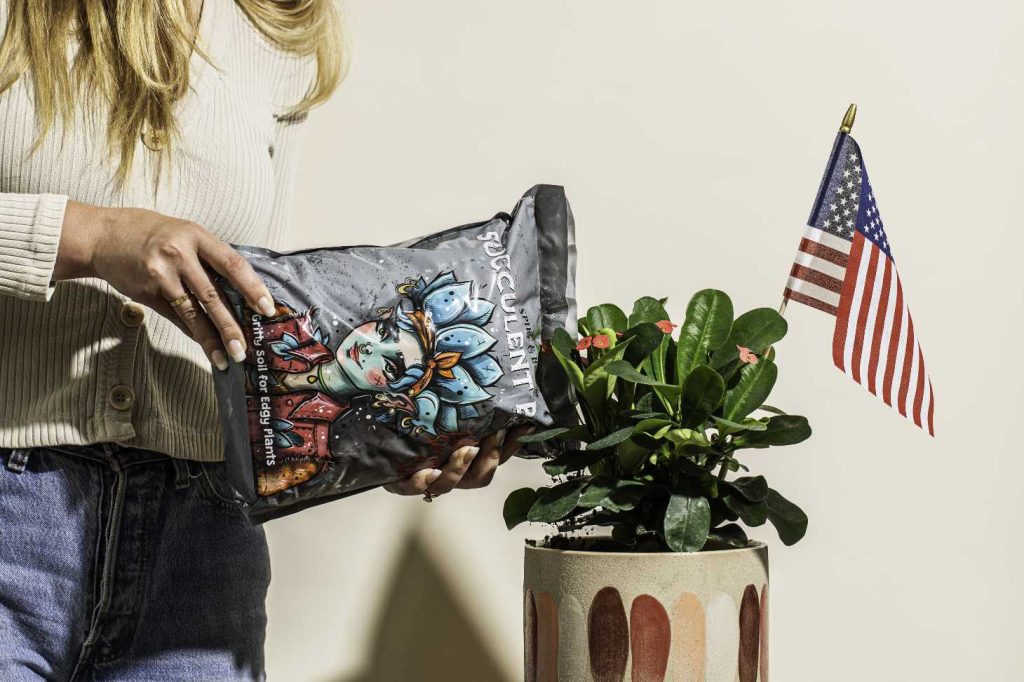
Succulent soil shares similarities with cactus soil but typically contains slightly more organic material. While still well-draining, it retains a bit more moisture than pure cactus mix. A typical succulent soil contains:
- 40-60% mineral components (perlite, pumice, coarse sand)
- 40-60% organic matter (pine bark, peat moss and/or coco)
- Sometimes added nutrients for growth
This balanced mix suits the broader range of succulent plants that aren’t true cacti. Many commercial succulent soils still drain well but hold enough moisture to support these plants between waterings.
Be cautious with pre-made mixes labeled for succulents. Some commercial options contain too much peat moss, which can retain excessive moisture and lead to root problems.
Customizing DIY Cactus Soil Recipe
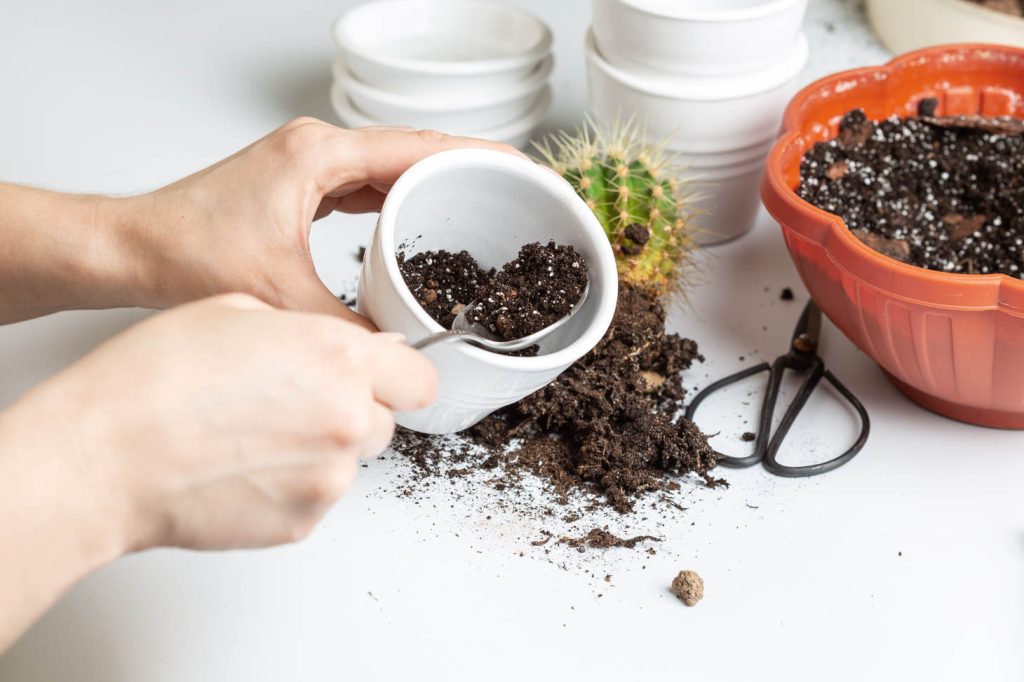
Making your own cactus or succulent soil gives you complete control over the ingredients. A simple DIY cactus soil recipe includes:
Basic DIY Cactus Soil
- 2 parts coarse sand
- 2 parts perlite
- 1 part potting soil
- 1 part coarse grit (such as chicken grit or similar aggregate)
You can adjust this recipe based on your specific plants and climate. For humid areas, increase the mineral components. For very dry regions, you might add slightly more organic matter.
For succulents that need a bit more moisture, modify your mix by adding:
- More bark pieces for aeration
- A small amount of compost, adjusting based on the specific needs of the succulent species and environmental conditions
- Coarser materials for air pockets around roots
The ideal DIY mix should feel gritty, not muddy, when wet. It should never stay soggy for days after watering.


